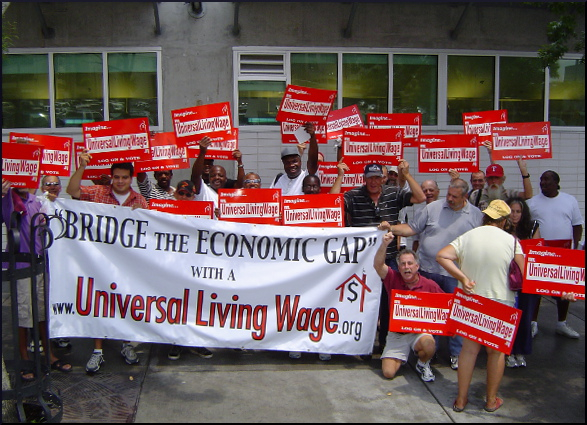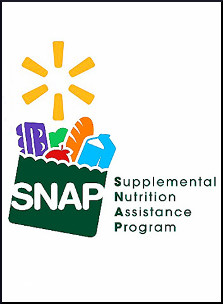
America is full of people who feel called to feed others, whether sporadically or on a regular basis, and they do it in an astonishing number of ways. Every now and then, a celebrity will perform an impulsive act, as when comedian Russell Brand treated some West Hollywood street people to a café breakfast.
Non-celebrities don’t usually get as much attention. But the world does sometimes find out about people like Mary Younkin, who typically carries around a dozen or so sack lunches in her car, ready to give away. For others who might want to try it, her blog gave a list of items that work well for this purpose, and included the words:
I hate the empty feeling of seeing someone in need and looking the other way…My children get to see that they can help make a difference in someone else’s day and perhaps life.
Another good Samaritan, Kevin Quinn, has set up a GoFundMe page for his project, “Water for the Homeless.” His most recent updates report temperatures in Boise, Idaho, of over 100 degrees. He keeps contributors informed with reports like this:
I spent the last two days handing out iced waters and apples. Needing water bottles, apples and ice has added up. Sadly, a lot of the homeless do not have teeth and apples are not an option. I need to find a softer item for these people, to provide something to eat during the day.
A few years back, the Texas city of Lubbock planned to shut down a meal-sharing event in a city park. Apparently, the problem lay in some ordinance violations that could easily have been overlooked, but were seized upon by authorities who warned the volunteer cooks to end their weekly picnic.
When local business owner Alex Scarborough heard about this, he developed a feisty attitude and invited a bunch of friends to hold a potluck dinner in that same park, with plates for anyone who cared to show up. A couple of city council members supported him in the press, with one calling the ban a “vast overreach of city authority” and another remarking wryly that the city must have “bigger fish to fry,” meaning, of course, civic matters of higher priority. Scarborough told reporter Adam D. Young:
This surprised the living daylights out of me…I’m just wondering when we started regulating people’s kitchens…When you have to ask the officials for permission or a permit to gather and eat in the park—that’s not the country I grew up in.
Around the same time, in Detroit, Brother Al Mascia of St. Aloysius Outreach Ministries made news with the converted bicycle that helped him answer the daily needs of around 300 people experiencing homelessness. Patricia Montemurri wrote:
The food cart fits over the bicycle’s front end…outfitted with foldable countertops, insulation and a battery for lighting. It holds Thermos bottles of coffee and hot chocolate. Some days, Mascia dispenses muffins and cookies. On really good days, he has hot homemade breakfast sandwiches donated by church groups.
Perhaps inspired by Detroit’s Franciscan friar, the satire website GlossyNews.com published a story by Dan Geddes in which the city of Orlando was disturbed by a fellow who showed up at a local park with 12 friends and made a speech about love, forgiveness, and social justice. Of course critics called him “hippie scum walking around stirring up class warfare” and “domestic terrorist.” The fictional piece goes on to say:
After someone in the crowd shouted out “We’re hungry!” Christos reached into a picnic basket containing two loaves of Wonder Bread and a bag of Long John Silver fish filets. Christos instructed his friends to start sharing the food with the crowd.
In what many eyewitnesses described as a “miracle,” the bread and fish did not run out, and appeared to feed all 5,000 homeless people to their satisfaction.
Reactions?
Source: “Russell Brand Treats Homeless Group To Breakfast,” HuffingtonPost.com, 09/28/12
Source: “Barefeet In The Kitchen: Sack Lunches for the Homeless,” barefeetinthekitchen.com, 01/23/14
Source: “Local man passes out water, food to homeless,” KTVB.com, 07/02/15
Source: “Lubbockite plans public potluck after officials halt homeless picnic,” LubbockOnline.com, 07/20/11
Source: “Meals on bicycle wheels: Franciscan friar feeds, clothes homeless,” tdn.com, 04/15/11
Source: “Jesus Look-alike Arrested for Feeding 5000 Homeless People,” GlossyNewscom, 06/01/14
Image by Steve Cadman













